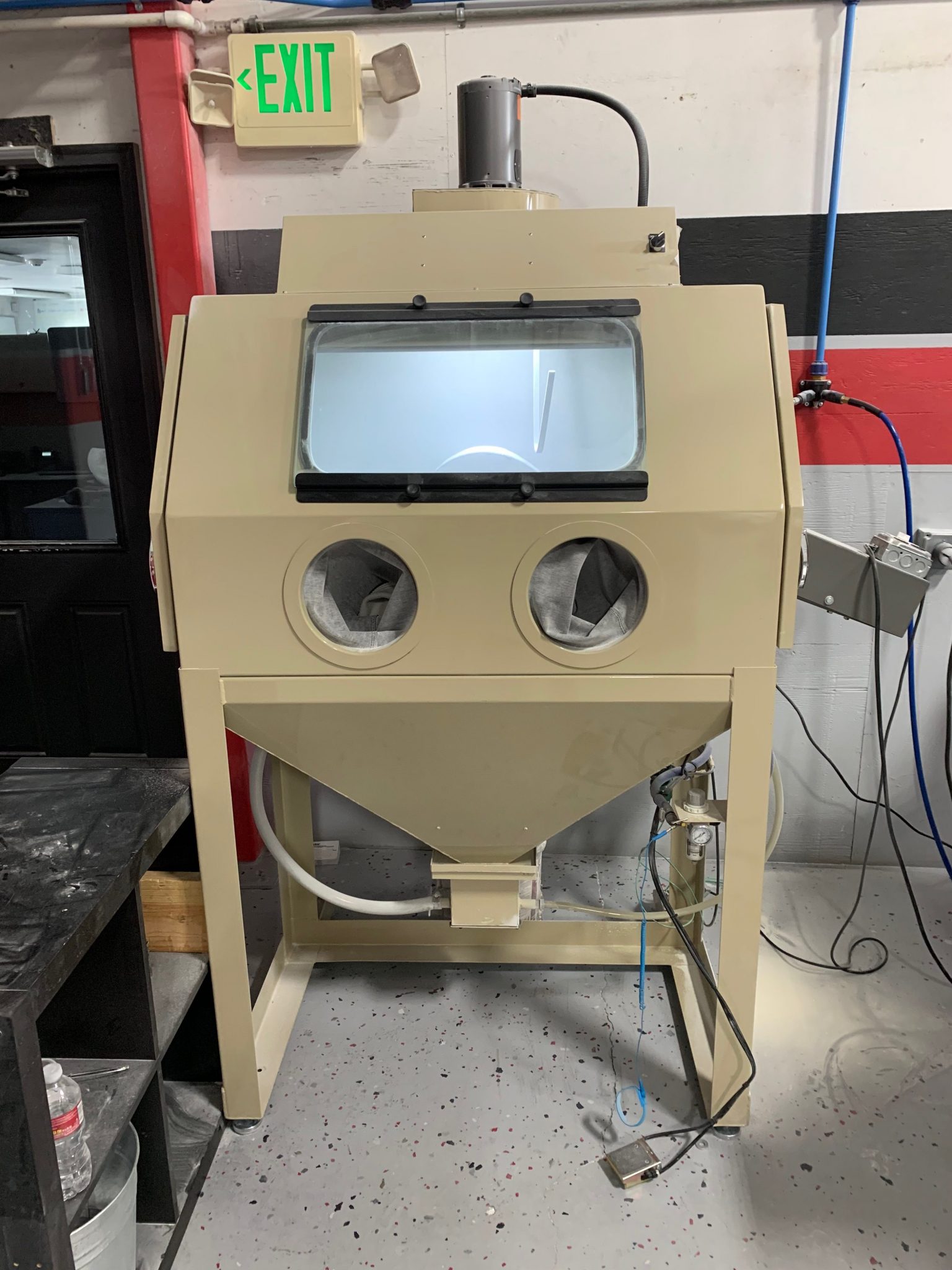3D printing is not just one simple process. There are actually many different forms of 3D printing. Why? Wouldn’t one be good enough?
Not all materials react the same to different situations, which means that 3D printing needs to be done in different ways to produce better results with different materials. There’s also cost-effectiveness to factor in. Does the time and money put into a 3d printing process justify the results? Will it require more or less finishing to get the desired look or performance?
The answers to these questions and more are why we have six different common categories of 3D printing processes. They each have their own strengths that make them ideal for different kinds of uses.
Types of 3D Printing Processes
- Material extrusion- Also known as fused filament fabrication and fused deposition modeling, this 3D printing process involves depositing filament in layer after layer. It is what most of us think of when we think of 3D printing. The material is first melted and extruded in a programmed layer shape. This happens layer after layer, until the object is built up from its steadily lowering platform. Supporting structures are often needed to sustain overhanging layers. This process is most often used with plastic materials. The process can produce many shapes, but it cannot often produce unsupported structures that have a similar building process to stalactite.
- Powder bed fusion- Instead of extruding materials, this process fuses material selectively from a granular bed. It also works layer by layer. The unfused material provides the supports, meaning that there is less need for printing supporting structures. Selective laser sintering, where a laser sinters layers together, is a form of this process. It works well with metal powders.
- Binder jetting- Binder jetting utilizes a binding adhesive agent that binds layers together. These layers are usually powdered, often ceramic or metallic. Binder and powder layers are alternately deposited in most cases to produce the object. This usually offers full color printing as well as overhangs and elastomers.
- Stereolithography– this process uses a light emitting device to solidify a tank full of polymerizing resin in the desired pattern. Objects are usually printed ‘upside down’, as the platform moves upward as the process proceeds. It is a fairly fast process and is used most recently in the production of ceramics.
- Liquid additive manufacturing– This method deposits liquid or very viscous material on a surface. It then heats it up to harden it.
- Lamination- This method actually uses paper as its primary building material. Cross sections of adhesive coated paper are cut, then laminated together.
Research and growing industrial efforts have encouraged extensive experimentation with 3D printing, meaning that new techniques are being created all the time. New processes are being created all the time, processes that are better able to handle different kinds of materials. New horizons are starting to open up for 3D printing all the time.
At Jawstec, we have an expert team ready to help you build your project with the best, most effective 3D printing processes. We have helped people and companies develop everything from custom made drones to industrial prototypes, projects that are part of a hobby or part of a business plan. Contact us today to learn how we can help you!

0 Comments